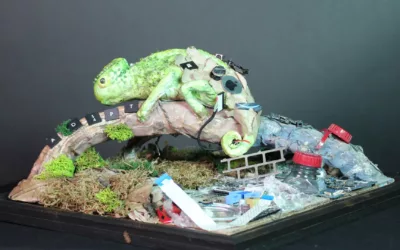Recent Post

Double Young Enterprise Success at Kent County Final
Art, Overseas, Tripsby SaHarris@bethanyschool.org.uk

Raff and Gabi to Appear in Turner Contemporary
Art, Overseas, Tripsby SaHarris@bethanyschool.org.uk

Home / Latest News /
We were fortunate to be able to visit Italy during the half-term break and focused our travels on Rome and Florence.
In particular, we were interested in learning more about the High Renaissance period and artists such as Michelangelo, Botticelli and Da Vinci, and the influence of the powerful Medici Family and the Vatican as patrons.
During this period, a cultural movement toward Humanism arose, compelling artists to return to Classical Roman and Greek ideals concerning man and his place in the world. This was a departure from the medieval era’s idealised religious iconography and resulted in fresh depictions of divine subjects depicted with more human emotionality and expression.
For pupils exploring their new exam topics, this allowed them to develop their understanding of the symbolism and aesthetic ideals of the time and their experiences will go on to support projects exploring architectural form, religious iconography and anatomy to name just a few.
In both cities, we had expert tour guides who imparted their knowledge.
In Rome, we studied the work of Michelangelo Buonarotti, including the Sistine Chapel paintings, St Peter’s Basilica and the architectural forms of the Roman Forum.
The Sistine Chapel ceiling is one of the world’s greatest works of art and is divided into three sections. Michelangelo tells the story of The Creation of the Heavens and Earth; this is followed by The Creation of Adam and Eve and the Expulsion from the Garden of Eden; finally is the story of Noah and the Great Flood.
At the time Michelangelo excelled as a sculptor and some believe he was given the commission by a rival who sought to embarrass him. This plan backfired and Michelangelo, known as the ‘divine one’, remains one of the most revered artists of all time.
In Florence, we continued to study Michelangelo and it was fascinating to see the skill in the famous sculpture of ‘David’ alongside some of his vibrant paintings hanging in the Uffizi gallery. In the Uffizi we branched out to explore the work of Botticelli. Sandro Botticelli was born Alessandro di Mariano Filipepi, but as a child he earned the unflattering nickname of Botticelli, meaning ‘little barrel’. We spent some time focusing on the paintings ‘Primavera’ and ‘The Birth of Venus’.
Both paintings were considered ground-breaking for presenting a non-religious scene from classical mythology on such a large scale.
What was especially fascinating to learn was that the blonde beauty depicted in these paintings, and many other paintings by Botticelli and other Florentine painters, featured the likeness of an Italian noblewoman, Simonetta Vespucci.
Whilst some critics do not support this theory, it is notable that Botticelli requested to be buried in the same location as Simonetta after she tragically died aged just 23.